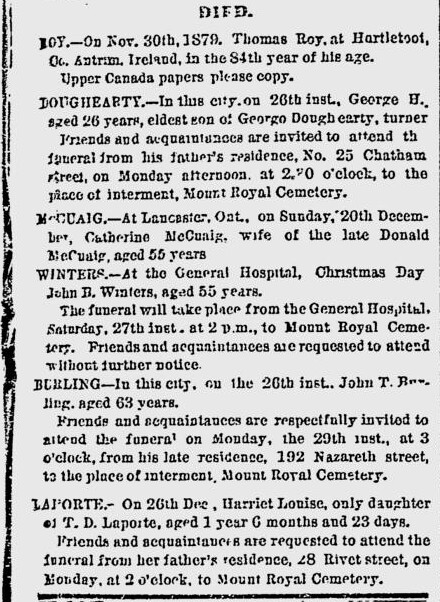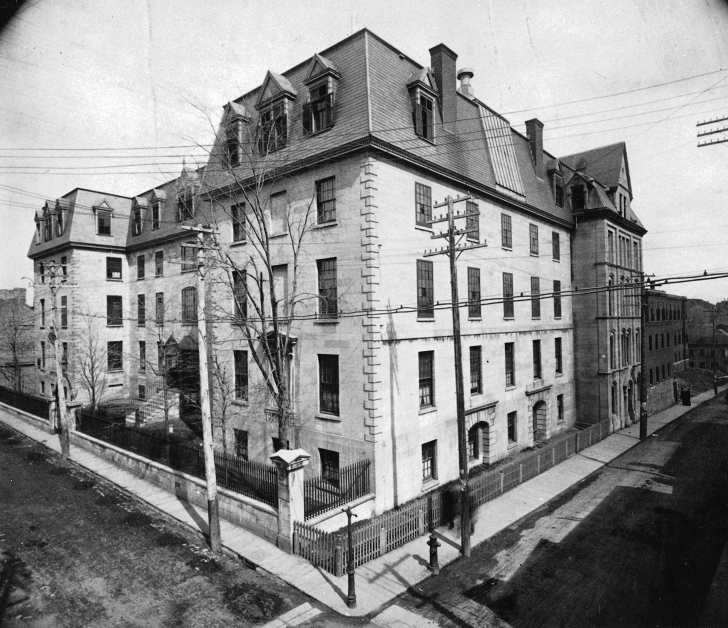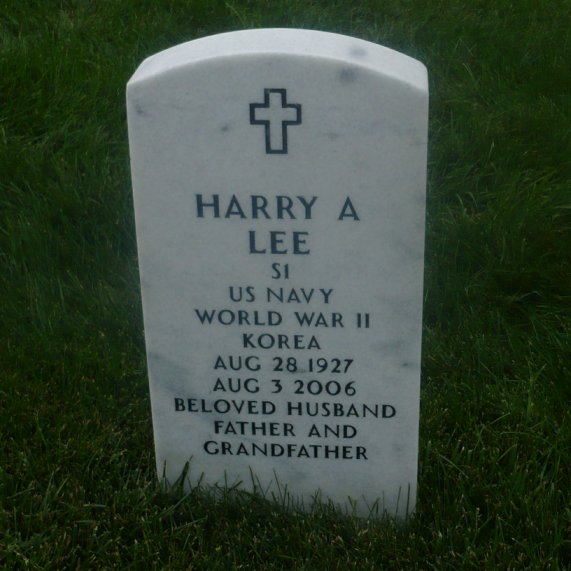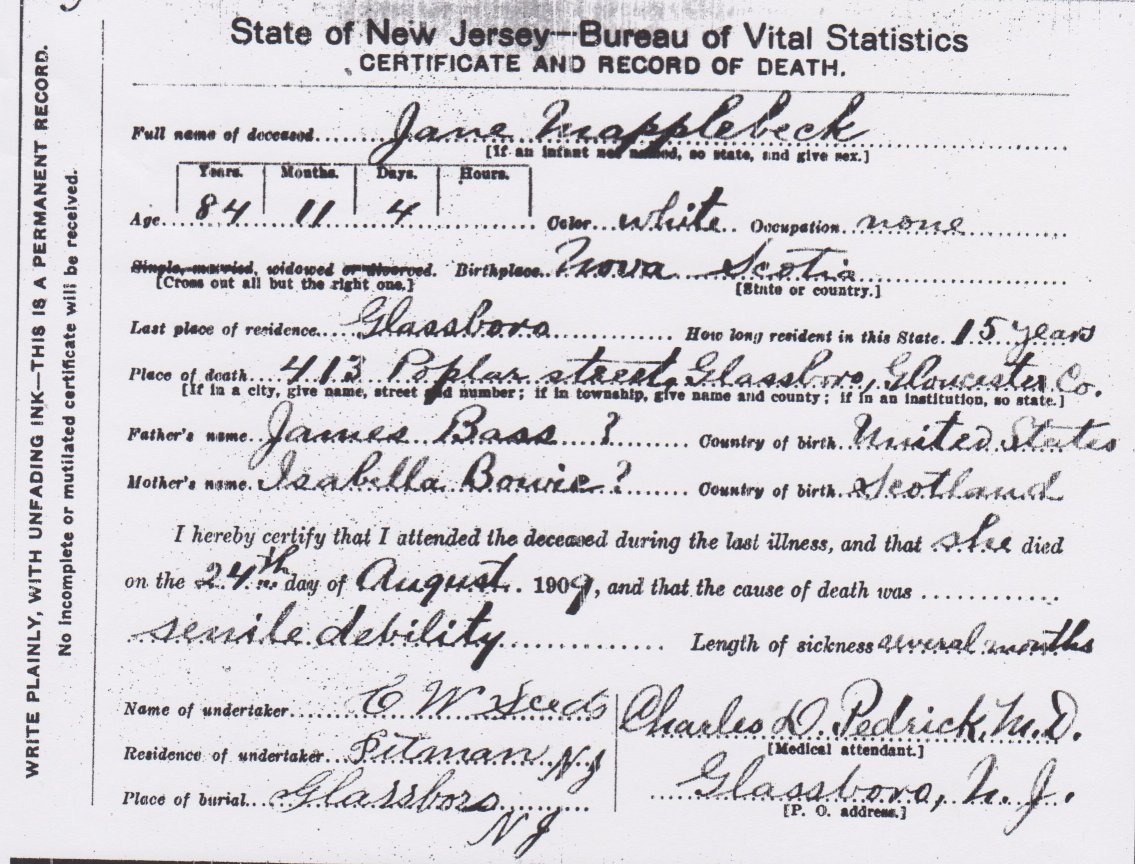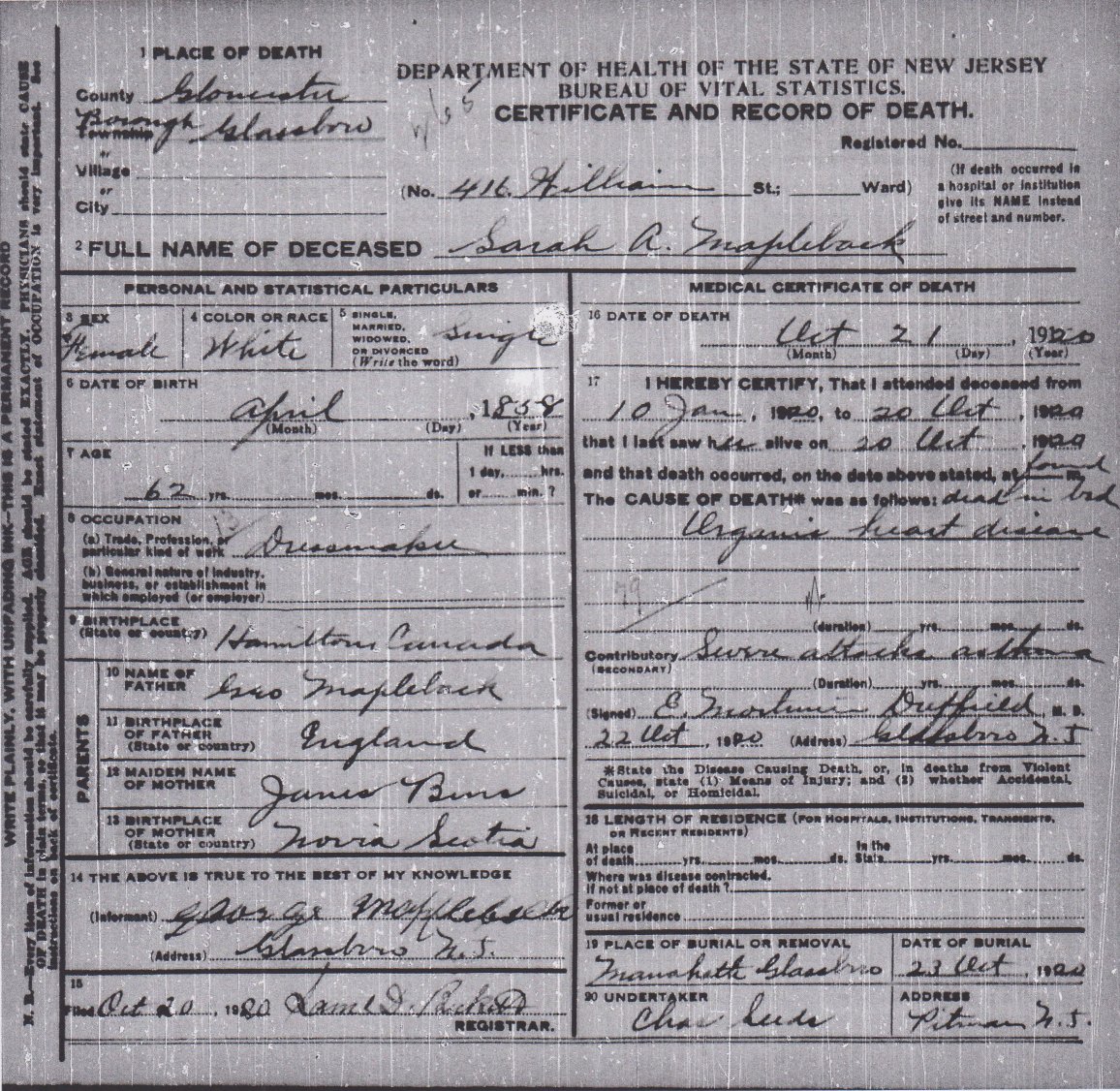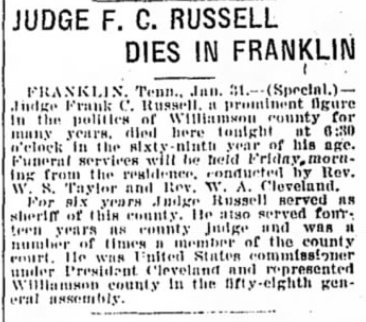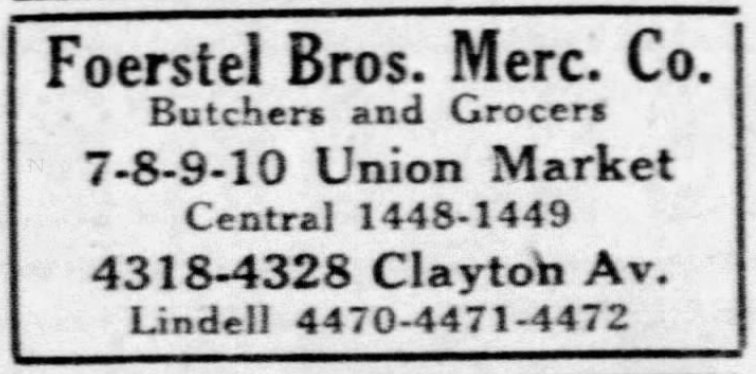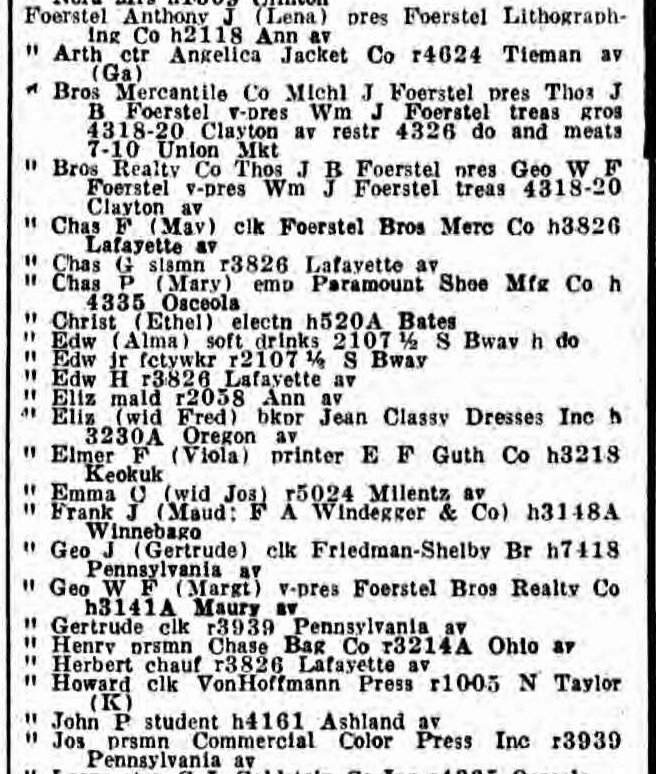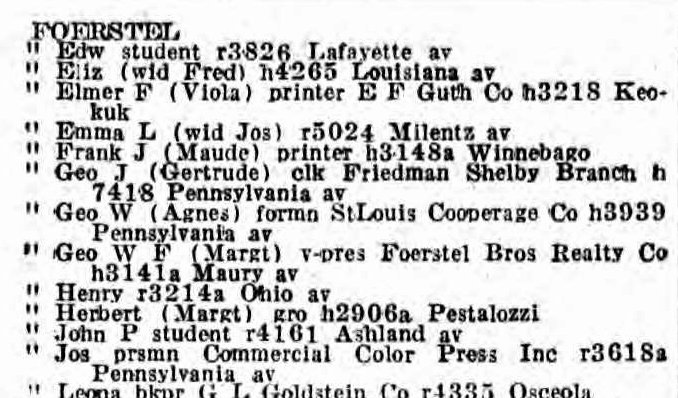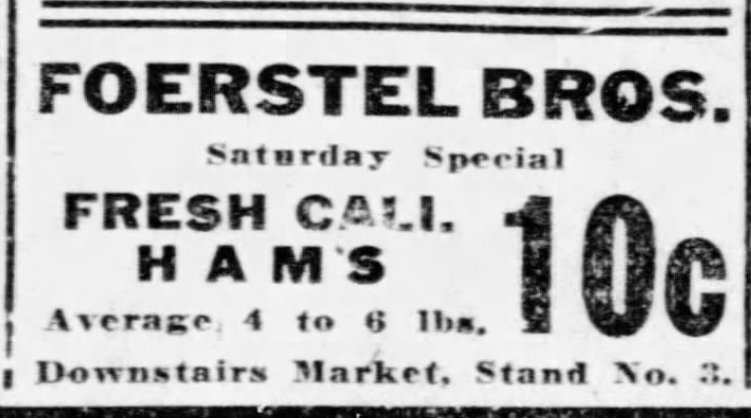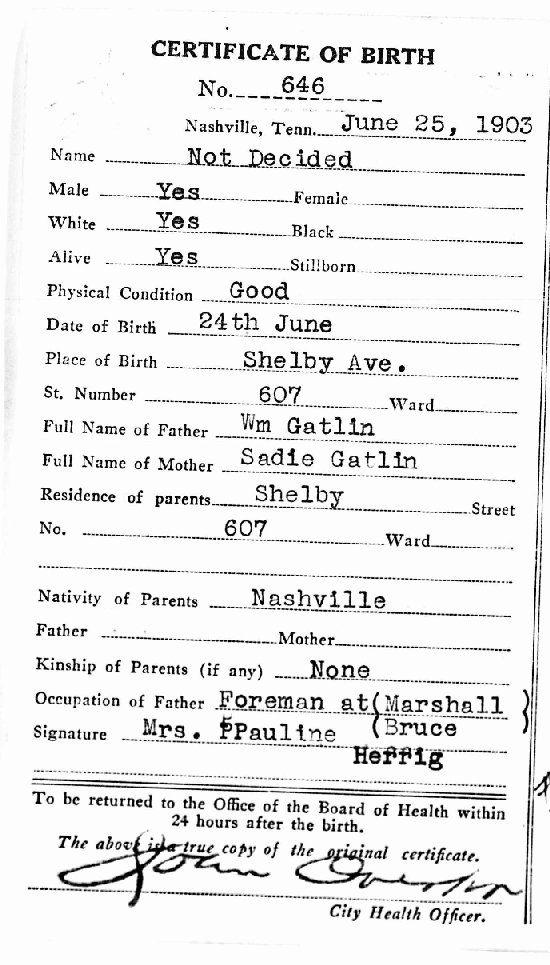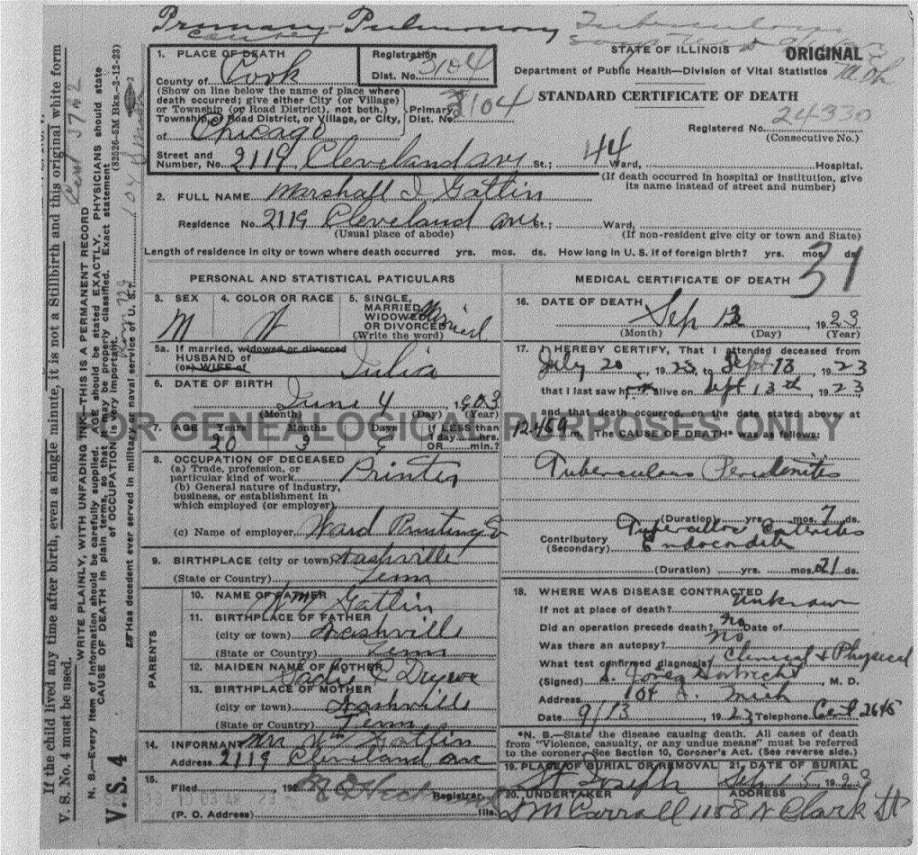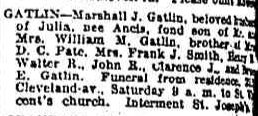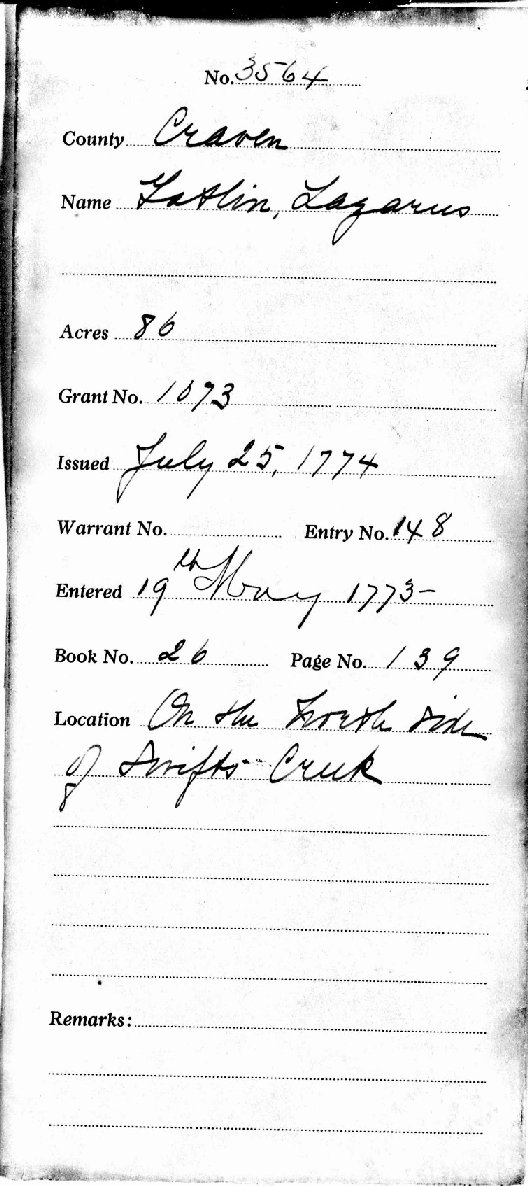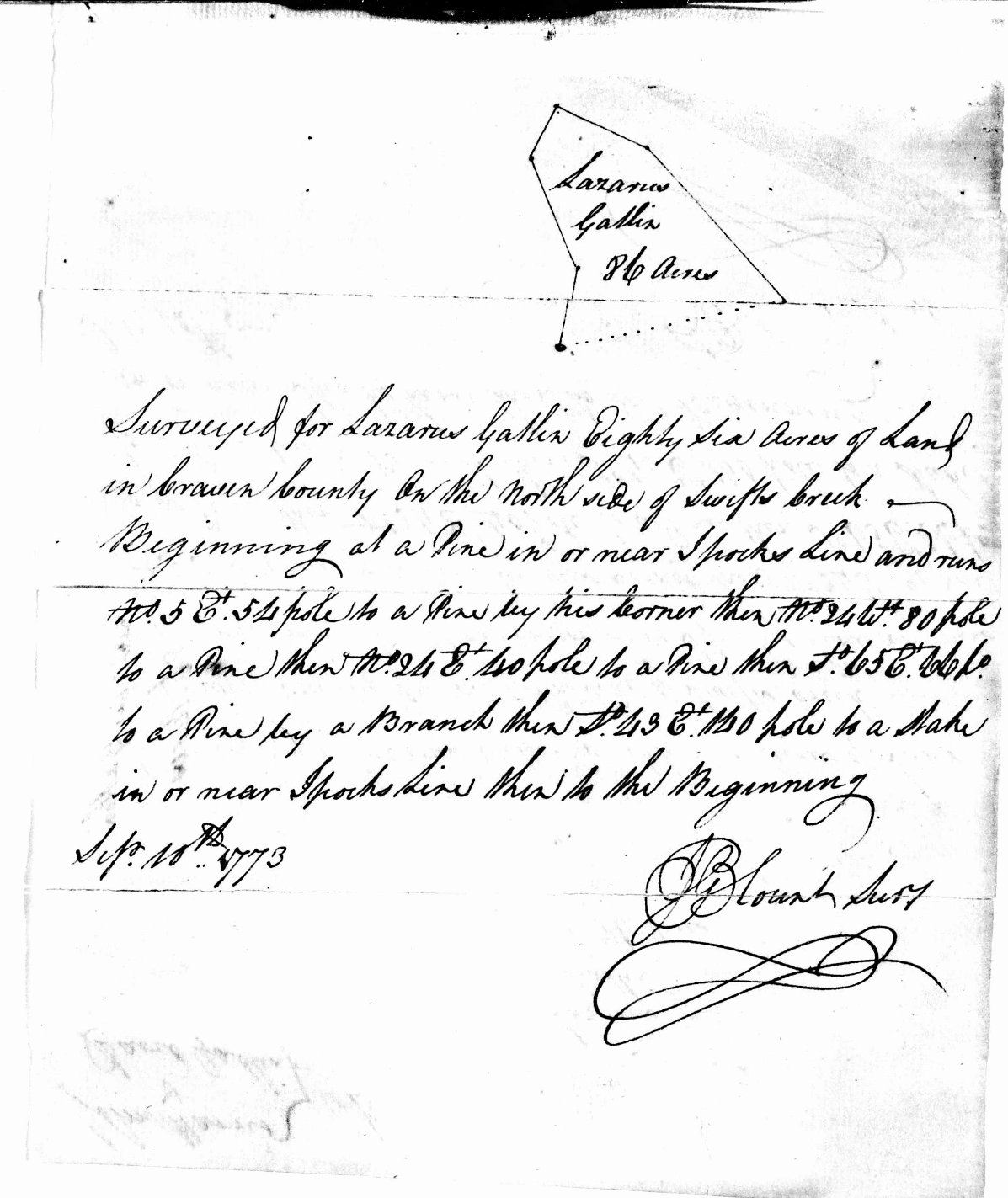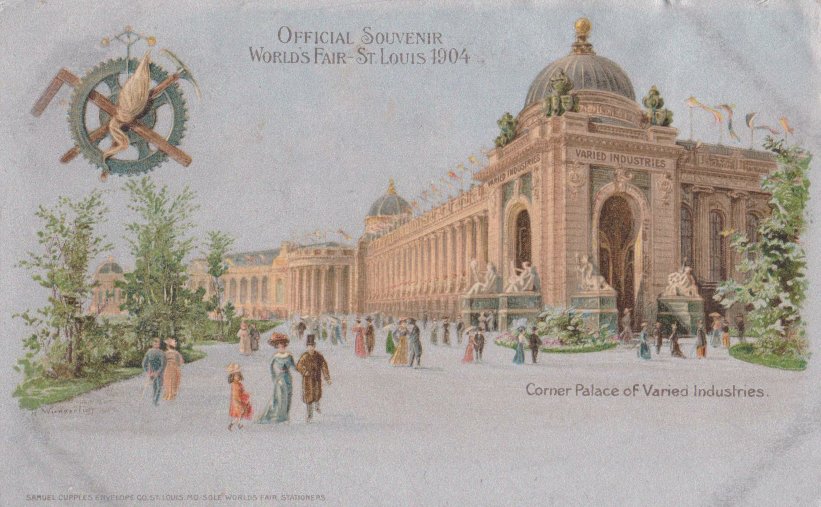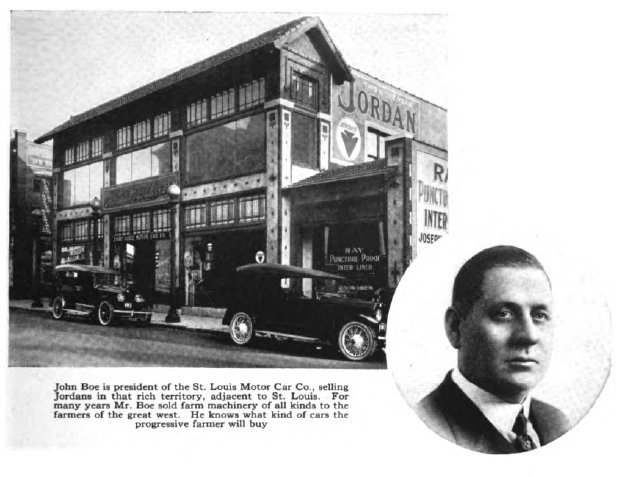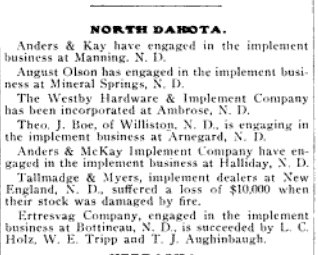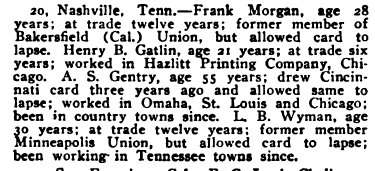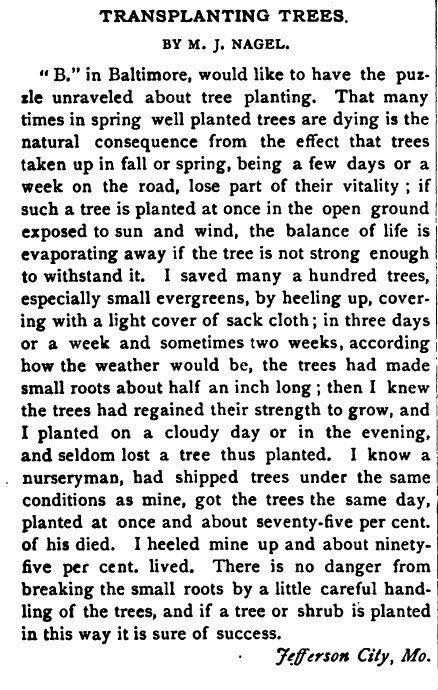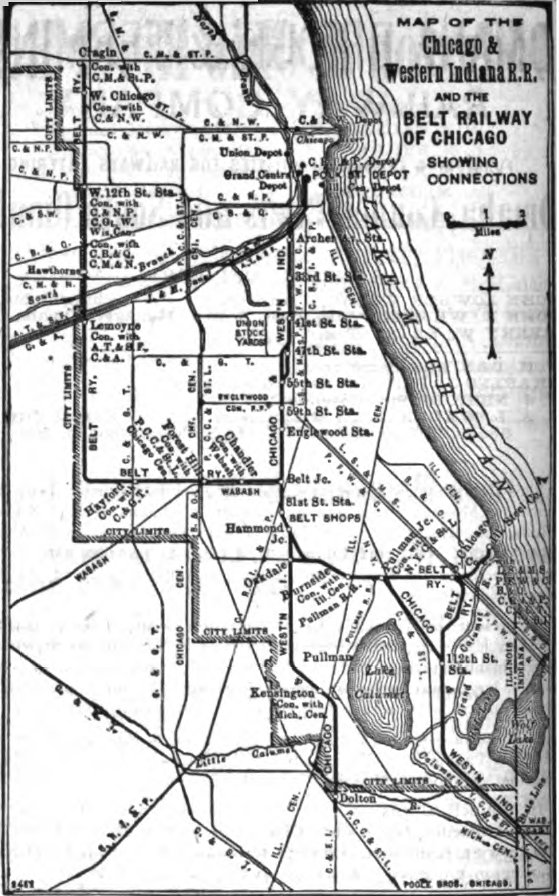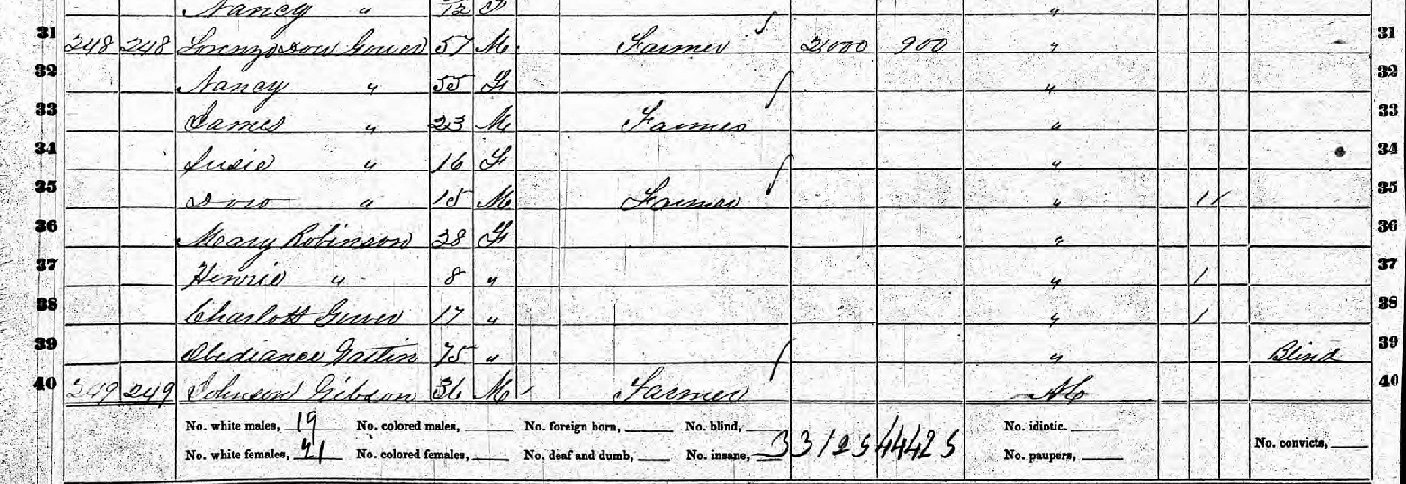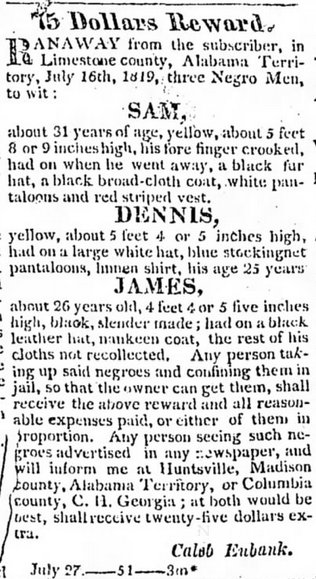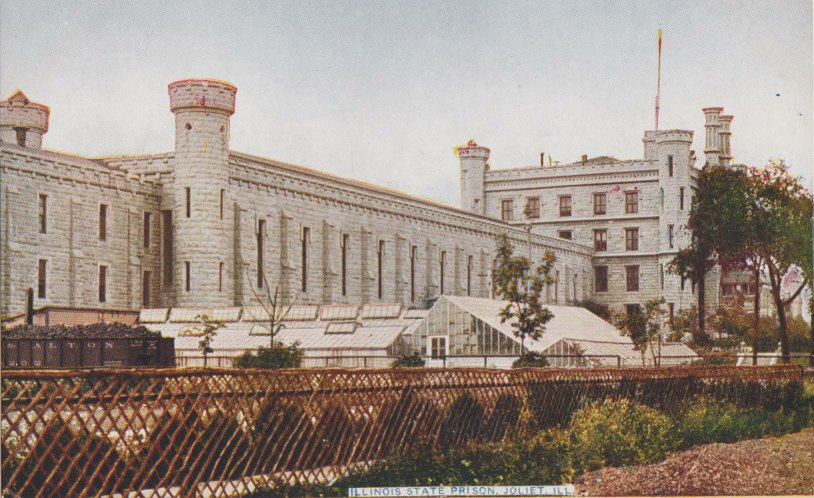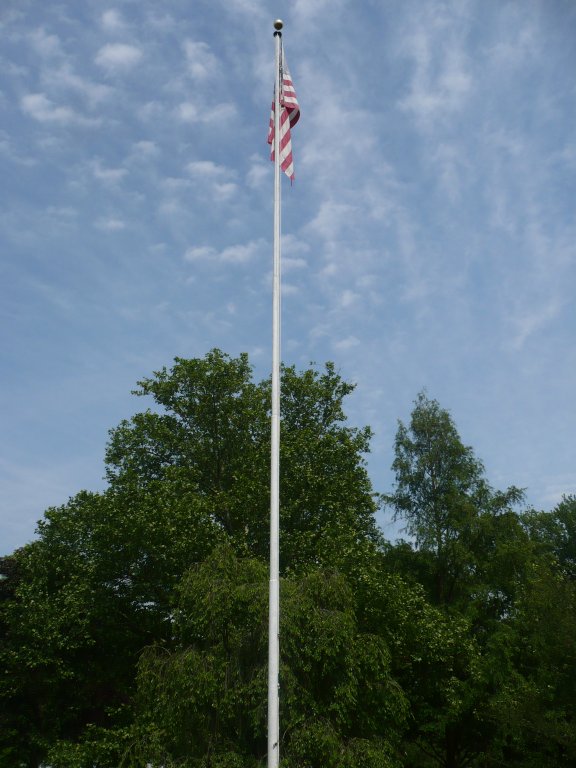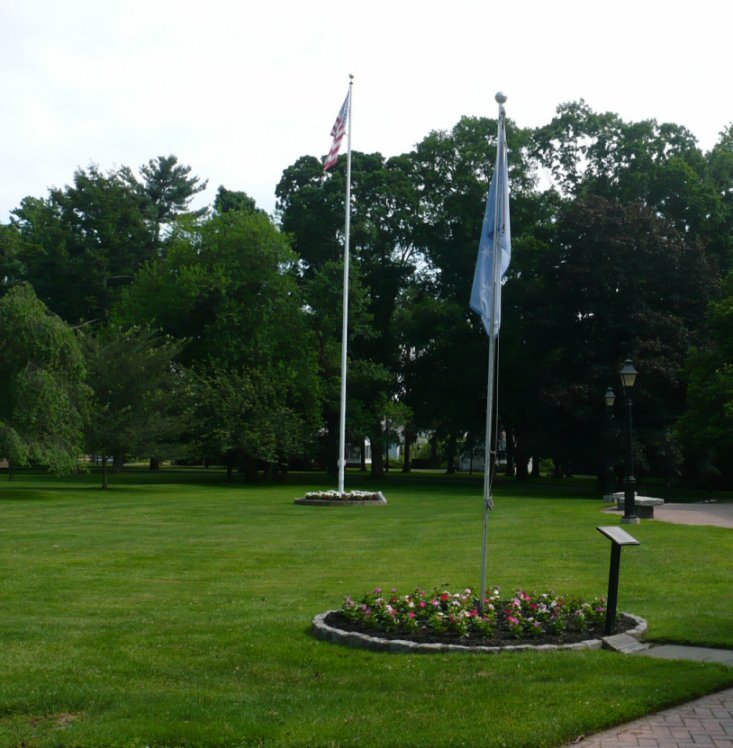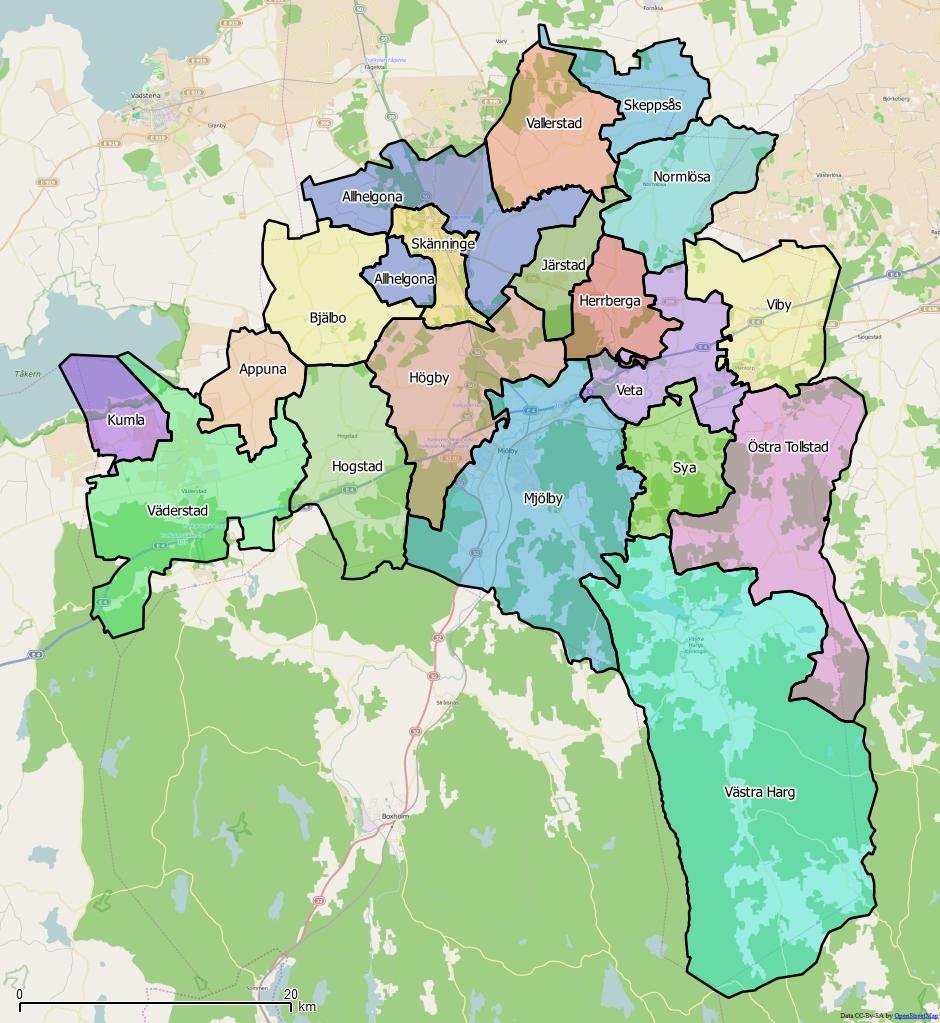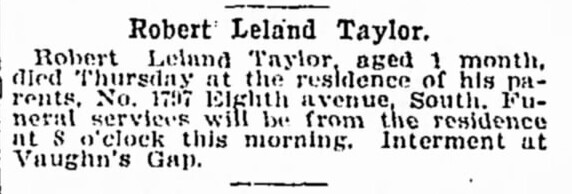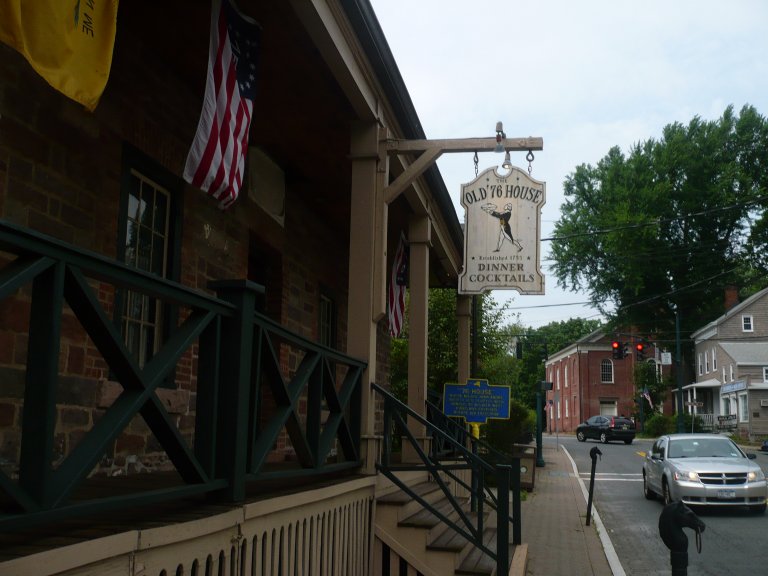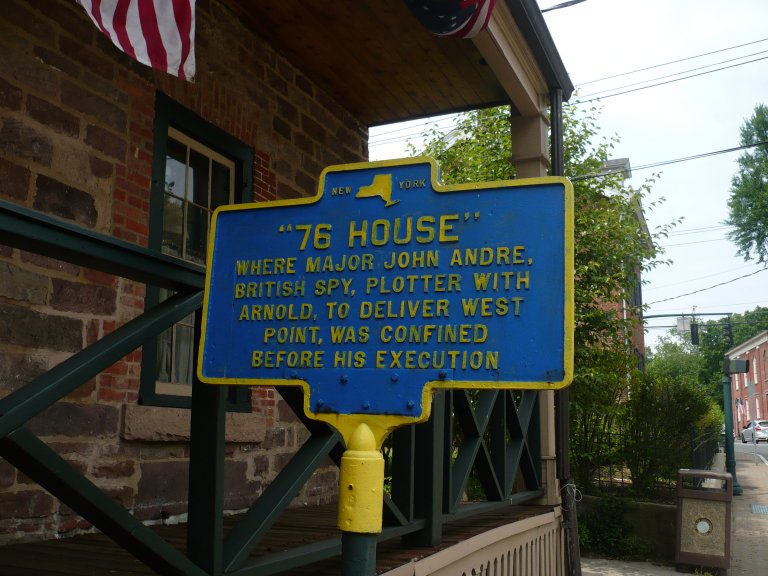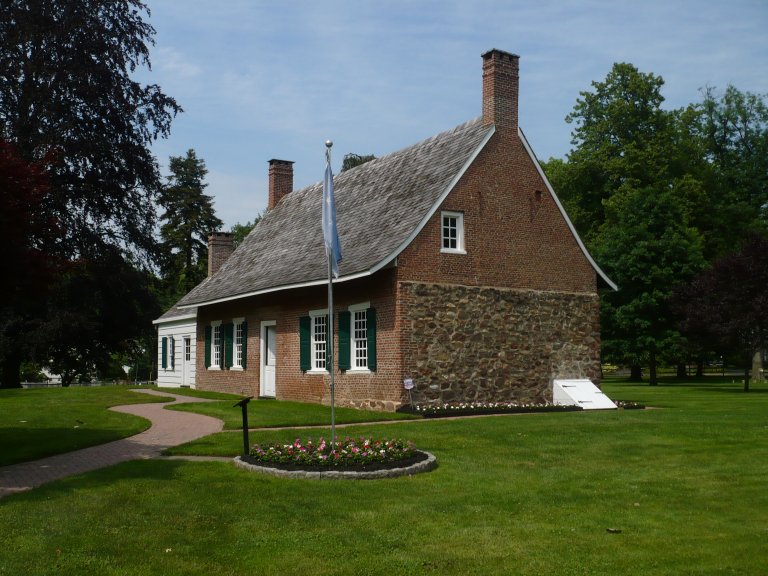Nashville Tennessean, 9 January 1935, page 14
Former Slave Seeks
Postmaster's Help in
Hunt for Relatives
______
Days of the Old South when there were masters and slaves and when masters often sold their black property "down the river" sound an echo from the pages of a letter recently received from the Nashville postmaster.
The letter came from an old negro woman living in St. Louis, Mo. Now she is Mrs. M. A. Smith. But years and years ago, she was a pickaninny, the property of one Robert Gibson, a horse salesman of Nashville.
"I was sold in slave days. My name was Syntha Dickerson. My master was named Robert Gibson," the letter opened. In such brief and simple sentences, the letter told that the slave child, Syntha, was taken to New Orleans and sold.
But the letter tells between its lines far more than is expressed in its simple sentences. The writer must be about 80 years of age by now––one of a comparatively few survivors of an innumerable number of slaves who stood on the mast in New Orleans for sale to the highest bidder.
When she was just a child she was taken to New Orleans from Nashville. In all probability the trip was made by river. There she was sold to another "master" and never again saw the mother, father, brother, and sisters or the "white folks" back in Tennessee.
"I have never seen or heard from eny of my people since," is the way in which the old woman voices her lifetime of separation from everything in her childhood. "My children wants to see some of my people," she writes.
Nearing the end of her life that began in slavery, this old woman has turned her thoughts backward to the days of her carefree, happy childhood in Nashville and wants to locate any surviving members of her own family and those of her "master."
To her they are still "my people" regardless of a Civil war that swept a master's ties on his slaves and gave them a life of her own. She has written the Nashville postmaster in the hope that in this way she can establish those long-lost contacts.
Any one having the information desired by Mrs. Smith is asked to communicate with Postmaster William Gupton.
Following is the letter, containing between its lines a more vivid and moving story than the old ex-slave expresses in words:
"St. Louis, Mo., 4580-A Garfield avenue. January 3––1935. To the postmaster of Nashville, Tenn. An inquirie of my people.
"I was sold in slave days. My name was Syntha Dickerson. My master was named Robert Gibson. He had a little girl that I stayed at the house with until she was old enough to go to school. She learned her letters well enough to go and she would not go without me and she would not go in her class without me so her father took me down to New Orleans and sold me. I have never seen or heard from eny of my people since. My father was named Harry Dickerson. My mother's name Sopha, a sister name Mary, one Harriet one bro name Alferd
"Now postmaster please let me know if you can find any of the white children of Robert Gibson and any of my people as my children wants to see some of my people
"Now I shall waite your ans Mrs. M. A. Smith."


